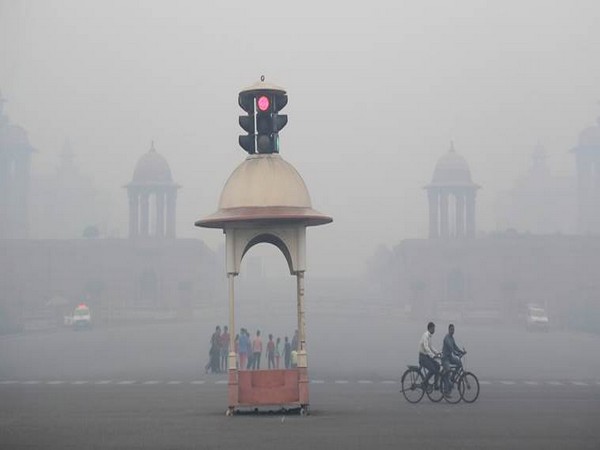New Delhi: Following, the World Health Organisation (WHO) report on listing 14 most polluted cities in the world located in India, the Centre on Wednesday made serious efforts to deal with air pollution.
The WHO report indicates that Delhi is placed at number six with an annual average Particulate Matter (PM) 2.5 concentration as 143 micrograms per cubic metre in 2016.
The Government has also taken several bold initiatives, including leap-frogging from BS-IV to BS-VI.
Uttar Pradesh Environment Minister Dara Singh Chauhan said “we have given orders of strict action against those promoting pollution of any kind. Chief Minister is taking personal interest in making Uttar Pradesh pollution free and the state will not be seen in the list again. ”
In a statement released by the environment ministry, it read as “In the context of air pollution, Central Pollution Control Board (CPCB) data based on Continuous Ambient Air Quality Monitoring Stations (CAAQMS) indicates that the annual average PM 2.5 concentration in the year 2016 as 134 micrograms per cubic metre and as 125 micrograms per cubic metre in the year 2017.”
“Similarly, for PM 10 the figures were 289 micrograms per cubic metre in the year 2016 and 268 micrograms per cubic metre in the year 2017. Therefore, even PM 10 levels have come down in the year 2017 against 2016. The improvement in Particulate Matter concentration in Delhi has happened in spite of episodic events in two successive years in November 2016 and November 2017,” the release added.
The newspaper reports also highlight observations by various experts suggesting that action similar to that in Delhi and NCR be also taken in other polluted cities.
The CPCB has already taken action in the matter.
“In July 2016, all non-attainment cities were given a set of 42 action points for improving on air quality. As a follow-up, 94 non-attainment cities were also asked to prepare detailed action plans for improving upon air quality depending on their local conditions. CPCB also organised seven workshops at various locations in different states, in which guidelines for preparing these plans were disseminated. Subsequently, out of 94 non-attainment cities, action plans for 61 cities have already been received and concerned States have been requested to steer implementation of action plans in these cities,” the release further noted.
“Given that most of the polluted cities are located in and around Delhi and along the Indo-Gangetic plain, it is critical that the state governments of Uttar Pradesh, Bihar and West Bengal are further sensitised to take up urgent action on cleaning air in cities under their jurisdiction,” the ministry stated.
Significant action has been taken in Delhi and NCR, including the formulation of Graded Response Action Plan (GRAP) by CPCB.
Besides, National Clean Air Programme (NCAP) was launched by MoEFCC in April, 2018 and this was preceded by Clean Air Programme in Delhi in February 2018 to sensitise the public in general and implementing agencies in particular. It is noteworthy that almost 1 million vehicles are added on the roads of Delhi every year and in spite of increased construction activities and vehicular movement, air quality in Delhi is showing signs of improvement.
With similar intervention in other polluted cities and active participation of ULBs and state governments, air quality is expected to improve further. (ANI)

